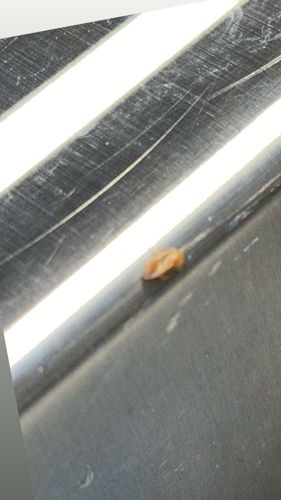Bed Bug
Scientific Name: Cimex lectularius
Order & Family: Hemiptera (Order), Cimicidae (Family)
Size: Adults are typically 4-5 mm (0.16-0.20 inches) long, about the size of an apple seed.

Natural Habitat
Found in human dwellings, particularly in beds, mattresses, bed frames, and nearby furniture. They also hide in cracks in walls, electrical outlets, and behind wallpaper.
Diet & Feeding
Exclusively hematophagous, meaning they feed on blood. Humans are their preferred host, but they will also feed on other warm-blooded animals if humans are not available.
Behavior Patterns
Bed bugs are primarily nocturnal, feeding on human blood while people sleep. They are skilled at hiding in cracks and crevices, emerging to feed. They can survive for several months without a blood meal. Females lay 1-5 eggs per day, which hatch in 6-17 days.
Risks & Benefits
Risks: Bed bug bites can cause itchy welts and skin irritation. While they are not known to transmit diseases, their bites can lead to secondary skin infections from scratching. Infestations can cause significant psychological distress and economic burden. Benefits: None known to humans or the ecosystem.
Identified on: 9/2/2025